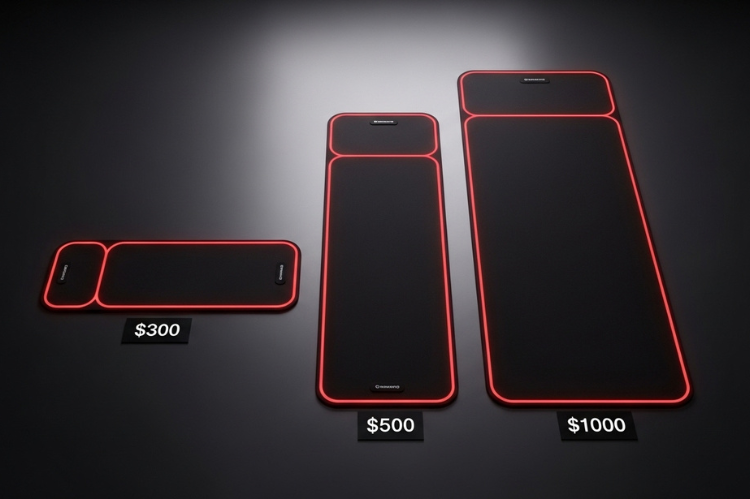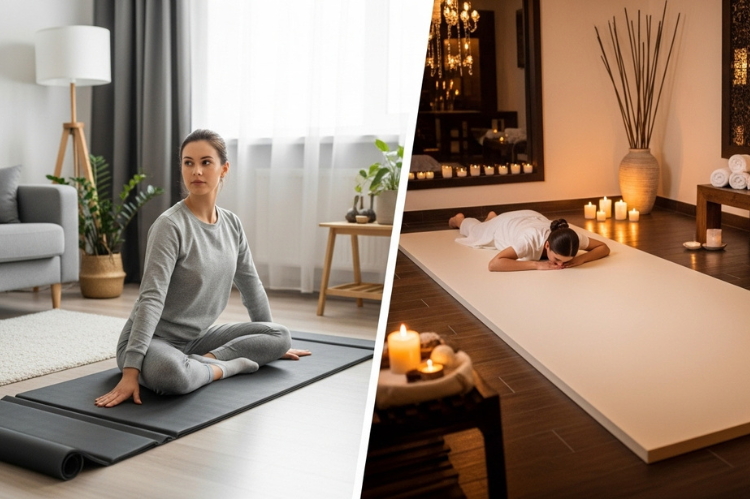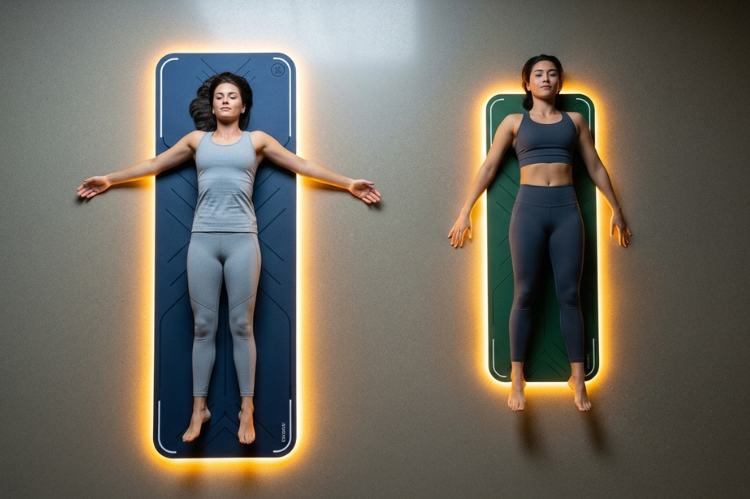In 2025, red light mats come in a wide price range that depends on size, power, and features. Most full-body mats cost between $300 and $950, with higher-end models reaching above $1,000. Smaller or more basic designs can be found for less, but they usually provide limited coverage and fewer settings.
People often compare the cost of a mat with the price of multiple clinic sessions, and the long-term savings make home devices appealing. However, the price alone does not tell the full story. The strength of the light, number of LEDs, and added functions like pulsing modes or adjustable timers all influence value.
As the market grows, more choices appear at every budget level. Some mats focus on affordability, while others target those who want stronger performance and advanced features. Understanding how these factors affect pricing helps anyone decide whether a lower-cost option meets their needs or if a premium mat makes more sense.
Table of Contents
Red Light Mat Prices in 2025
Prices in 2025 vary based on size, features, and intended use. Larger mats with higher power output cost more, while smaller or portable designs remain more affordable. Home users often weigh the cost of a mat against repeated clinic visits, which can add up quickly.
Typical Price Ranges for Red Light Therapy Mats

Most entry-level mats start around $250–$350. These usually cover part of the body, such as the back or legs, and feature fewer LEDs. They are lightweight and easier to store, making them practical for beginners.
Mid-range mats cost between $400–$700. These often provide full-body coverage, multiple light settings, and stronger irradiance. They balance affordability with performance and suit people who want consistent use at home.
Premium mats reach $800–$1,200 or more. These models include advanced features such as pulsing modes, higher LED counts, and longer timers. A portable red light mat in this range can still be rolled up for storage, but delivers stronger intensity.
Comparison With Other Red Light Therapy Devices

Panels remain the main alternative to mats. A small panel may cost $150–$300, but it only targets one area at a time. Larger panels for full-body use can exceed $1,000, often requiring wall mounts or stands.
Handheld devices usually fall between $100–$250. They work well for spot treatment but take longer for full sessions. Wraps and pads, priced at $200–$400, provide flexible coverage for joints or muscles but lack the size of a mat.
Compared with these devices, mats offer more even coverage and convenience. They allow a person to lie down and treat multiple areas at once, saving time. Although the upfront cost is higher than handheld tools, mats often replace the need for several smaller devices.
Home Versus Commercial Red Light Therapy Mats

Home mats are designed for personal use, with prices generally between $250 and $800. They focus on portability, ease of use, and safe power output. Many fold or roll for storage, making them practical for daily sessions at home.
Commercial mats, however, cost $1,500 or more. These units are built for frequent use in spas, gyms, or wellness centers. They often feature medical-grade certifications, higher irradiance, and longer warranties.
The difference also lies in durability. Commercial mats withstand heavy use throughout the day, while home mats are best for one or two sessions daily. For most individuals, a personal mat is more cost-effective than paying for repeated treatments at a clinic.
Key Factors That Affect Red Light Mat Cost
The price of a red light therapy mat depends on several measurable features. Size, power output, wavelengths, and overall build quality each influence cost and long-term value. Buyers should compare these technical details before deciding which device best fits their needs.
Device Size and Treatment Area

The surface area of a mat directly affects its price. Larger mats that cover the full body cost more than smaller pads designed for targeted treatment. A full-body mat often measures around 60–70 inches in length and can weigh several pounds, while compact mats may only treat a single joint or muscle group.
A broader treatment area allows the user to complete sessions faster since more of the body receives light at once. Smaller devices may require multiple sessions to cover the same area. Therefore, although larger mats carry a higher upfront cost, they often save time and may reduce the need for additional equipment.
Consumers should also consider portability. Travel-friendly mats are lighter and foldable, but they may sacrifice coverage. In contrast, full-size mats are bulkier and less convenient to move, yet they deliver more consistent photobiomodulation across the body.
Irradiance and Power Output

Irradiance, measured in milliwatts per square centimeter (mW/cm²), reflects how much light energy reaches the skin. Higher irradiance usually means deeper penetration into tissue and shorter treatment duration. For example, a mat with 100 mW/cm² can deliver the same dose in less time than a mat with 50 mW/cm².
Power output also influences cost. Devices with stronger light intensity require more LEDs and higher-quality components, which raises the price. However, higher power does not always mean better results. If a mat is too strong, sessions may need to be shortened to avoid discomfort.
Buyers should balance irradiance with safety and comfort. A mid-range device with adjustable power levels may provide the most flexibility. This feature allows users to choose between gentle low-level light therapy for skin benefits or stronger settings for muscle and joint recovery.
Wavelengths and Technology Used

Most mats combine red and near-infrared light therapy. Red light in the 630–660 nm range targets skin-level concerns such as collagen production and wound healing. Near-infrared light, usually between 800–850 nm, penetrates deeper into muscles and joints, supporting recovery and circulation.
Some devices integrate multiple wavelengths in one diode, which increases cost but broadens the range of benefits. Others may include pulsing modes at different frequencies, thought to influence cellular activity. These added features often appeal to users who want more control over treatment style.
The choice between continuous light and pulsed light also matters. Continuous light provides steady exposure, while pulsing may reduce sensitivity in chronic pain cases. Advanced technology adds to the price but can make the device more versatile for different goals.
Certifications and Build Quality

Certifications such as FDA clearance or medical-grade testing often increase cost but add reassurance about safety and effectiveness. Devices without recognized certifications may be cheaper but carry more uncertainty about performance standards.
Build quality also plays a role. Mats with waterproof or oil-resistant covers last longer and are easier to clean. Stronger wiring, better heat management, and durable LED placement reduce the risk of malfunction over time. These details may not be visible at first glance, but they influence both price and lifespan.
Brand reputation further shapes cost. Established companies often charge more, but they may also provide warranties and customer support that protect the buyer’s investment. A lower-priced mat without strong build quality or certification may cost more in the long run if it needs early replacement.
Conclusion
Red light mats in 2025 cover a wide price range, from about $150 for smaller pads to over $1,000 for larger, full-body models. The cost depends on size, power, build quality, and extra features like timers or adjustable settings.
Consumers must weigh short-term affordability against long-term value. A lower-priced mat may suit casual use, while higher-end options often deliver stronger output and broader coverage. For those planning frequent sessions, a one-time purchase usually proves more cost-effective than repeated spa visits. As a result, many users find home devices a practical investment. In the end, the best choice depends on budget, treatment goals, and how often the mat will be used.
Read Next: Second Story Addition Cost Calculator & Budgeting Tips
